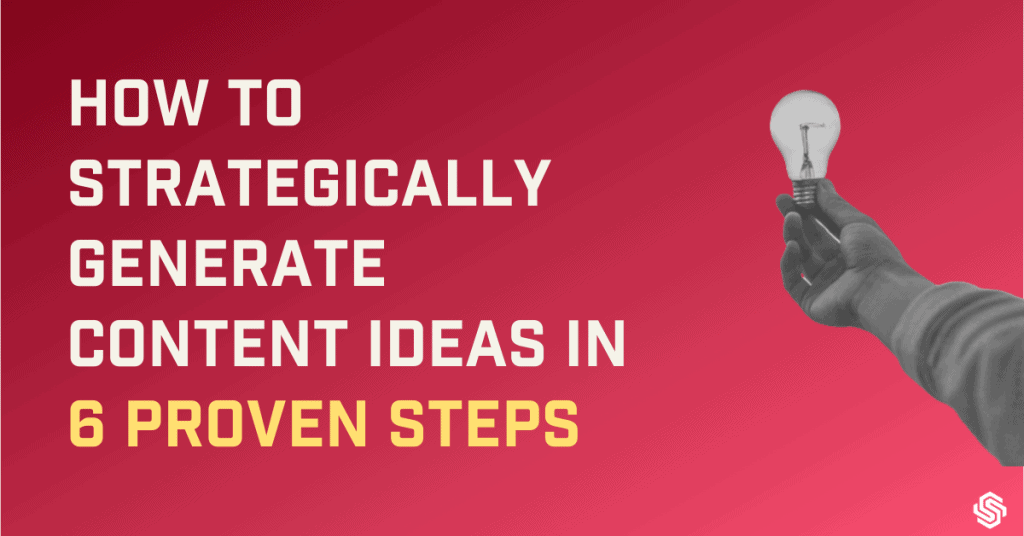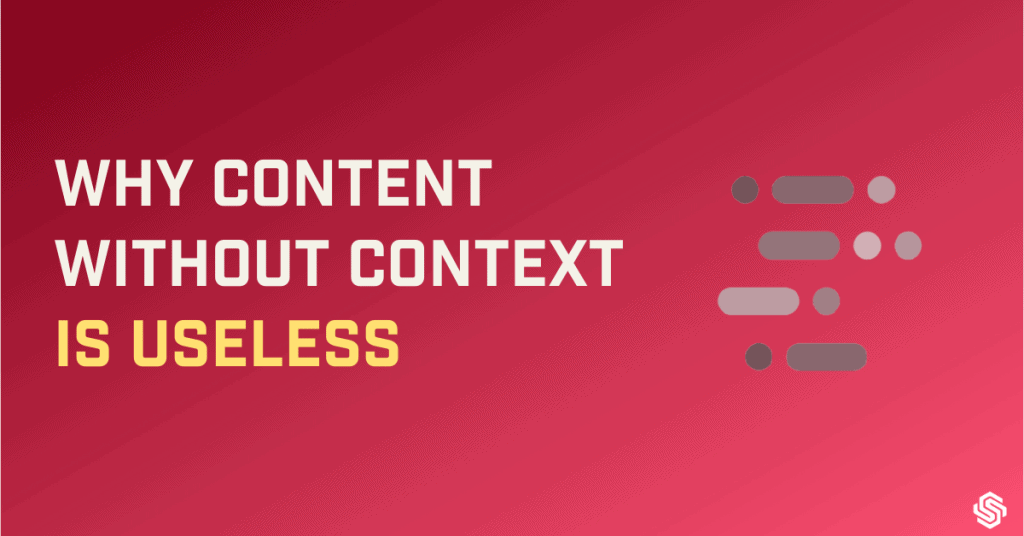What is your screen time according to your phone?
What are the apps you spent the most time on? I suppose it would show a list of social media apps.
I am not going to harp on you about it. Why would I? You are the one who runs the show for us content creators!
I am simply pointing out that you and plenty of other people out there are loitering on various social media channels a lot. And if I want to interact with you directly, I know where to find you!
The tables have somehow turned for the ‘performers’. I need to go where the audience is if I want to perform, the performance being creating content and the stage – Social Media. What’s more, I also need to pay for my audience!
Creating social media content seems simple on the face of it, but if you want to earn faithful followers who will end up as future customers, you need to approach it methodically.
How can one use social media content effectively as a business, brand, marketer, or content creator?
You need to understand the core concept that this is not about copywriting but content creation. You cannot use social media simply to set up shop! Am I confusing you?
Let’s talk about it one thing at a time.
Key takeaways for you
If you’re looking to grab the attention of potential customers, knowing on how to use the AIDA model is important. Here’s what it’s all about:
Attention: First things first, you need to make sure people know about your brand or product. A catchy advertisement or something surprising will do the trick.
Interest: Once you’ve got their attention, it’s time to pique their interest. Show them why your product is different and how it can benefit them.
Desire: Now that they’re interested, it’s time to get them to really like your brand. Build up a positive sentiment and make them want what you have to offer.
Action: Finally, it’s time to seal the deal. Get those potential customers in a buying mood and make it easy for them to purchase your product.
So there you have it – how to use the AIDA model in a nutshell. Use it wisely and watch your business soar!
What is NOT Social Media Content?
Any content posted on social media is social media content. No prizes there!
But in order to use it right, you should know what it is not.

1. It is not just talking about your product.
The most chronic mistake that content creators make in social media content, whether on Facebook, Instagram, or LinkedIn, is that they only talk about their product. All they want to do is sell their product!
Anyone starting a new business or start-up does nothing but talk about their brand day in and day out.
But tell me, why should a person follow you if all you do is sell? What’s in it for them?
Nothing! So they will not engage with your content.
Social media is not necessarily a place for you to sell alone. That is the difference between copywriting and content writing.
Copywriting persuades people to take action, usually making them open their wallets to spend money. In contrast, content creation adds value to your audience by educating, informing, entertaining, or inspiring them.
Not that you cannot sell at all, but do not make it 100% about selling. Maybe 90% of providing value and 10% of selling will pave the way for your customers to buy your product in the end.
But remember that the fundamental pillar of creating great content is the audience, not you.
2. It is not about wishing them for various occasions.
Not that you should not do it, but why at all?
Do you think people are waiting for your Happy Republic day, Happy Diwali, Merry Christmas, etc., wishes so that they can celebrate it? They are going to celebrate with or without you.
It does not add value to anybody but takes up unnecessary useless space.
3. It is not about the algorithm.
Another typical mistake that content creators make; is chasing after the algorithm. Again, let me remind you, make it about the users.
The algorithm keeps on evolving, not your users. Your Facebook, Instagram, LinkedIn, etc., are all mere platforms, and they need you more than you need them. They are the channels connecting content creators to content consumers. They create a platform where people are incentivized to create valuable content to engage consumers and keep them on the forum.
You need to create content assuming there is no platform. How would you create something you would directly deliver to your audience irrespective of the forum?
In essence, you make it more informative, add value, entertain, inspire, motivate, and so on. Your focus needs to be entirely on your audience. Without your loyal audience, there would be nobody to make money off of.
When you start creating content in these terms, the algorithm will automatically grow an affinity to your content because it attracts more content consumers.
4. It is not about the vanity metrics.
Vanity metrics are those metrics that feed your ego and make you feel good, temporarily, of course! It is not a formative assessment for you. They could be the number of followers, likes, subscribers, etc.
You may have seen ads too about increasing your number of followers. What use are these million followers? They would not even be seeing your content for the most part. You need a thousand people who are willing to be your customers.
5. It is about branding through education and inspiration to lead to better sales.
You are cementing a position in the people’s minds by educating them and inspiring them. You are establishing your brand, which means your trust. They get used to your content, and when they see your landing page in the future, they will be able to connect to you as the person they learned something from.
The Elephant in the room
Let’s talk about some hard facts.
1. Most social media channels do not have organic reach
It’s true. Suppose you have 1000 followers; only 1% of them will be seeing your content or a maximum of 2% on one of those better days.
2. It does not mean that there is NO organic reach.
There is some inherent organic reach though. How else would you explain posts going viral?
The catch is that getting your content viral is not under your control. There is no recipe for it, so you cannot rely on it.
I would like to share a personal experience here. When I was working for Thrillophilia, we had started a contest. We created a page asking people to give their names and emails, and they were required to refer to as many friends as they could. The one who referred to the most number of people would be declared the winner, and they would win a fully paid trip to Ladakh.
Our target was 25,000 registration in 30 days. Astonishingly, we reached that target in, brace yourself, 24 hours! We had hit a phenomenal 2.4 lakhs in 30 days.
Our excitement knew no bounds when Skyscanner, a Scotland travel agency, offered to sponsor flight tickets to the winners.
Wait, the bottom line is not here yet.
Taking a cue from this remarkable success, we tried to replicate the concept for another contest that offered a GoPro camera to the winner. Sad to say, it was a massive failure. It turns out that not many people cared about winning a GoPro camera.
That’s how unpredictable social media is!
3. Social media platforms are becoming more about pay-to-play.
If I want my audience, I need to pay. I need to run ads. Here is what I do. I run ads for those pieces of valued content that I want my audience to see, thereby creating my brand. Then I show my ads on my courses to those who engage with my content and convert them to customers.
4. Focus on 1000 true fans.
The 1000 true fans theory was proposed by Kevin Kelly back in 2008, which states that “all an artist needs is 1000 true fans to maintain a fruitful if unspectacular, career.”
If you just focus on earning these fans, you can rest assured of your sales. They are those who will consume or buy anything you make.
I have a lot of customers that joined the SEO course and after that joined the Content course and vice versa. Many of them will also be eager to join any future classes I may offer.
5. Social media is moving towards building communities rather than purely growing audiences.
I create WhatsApp groups for each of my batches, and though I am in the group, I don’t participate. The idea behind this group is to provide an avenue or provide a conducive environment for engagement and collaboration.
The Framework:
The framework I am sharing is not new. In fact, it is borrowed from the late 1800s when it was first introduced by an American advertising and sales pioneer named Elmo Lewis. It is the famous AIDA model of marketing.
What is new is that I am using the format for creating social media content that does not involve any selling!
AIDA stands for –
Attention – Secure your audience’s attention using a thought-provoking question or making a controversial (not sensational) statement. You can say something that is not the customary line of thought. Though you need to back it up with logic and reasoning and not something said for the mere sake of grabbing attention.
Interest – Evoke interest with your opinion, and keep your audience hooked to your content. You want your audience to listen to you and not hear you.
Desire – Create a desire in their mind to accept your perspective and develop a favorable disposition towards you. Convince them that you have something valuable to offer.
Action – The desire should lead your audience to take action. The action here is NOT buying but engaging with your ideas and building an interaction.
Remember to resist the urge to talk about yourself and sell or promote and focus on giving something of value.
Things to keep in mind
- Try to be polarizing – There is no need to please everyone in the world. It is not possible either.
- Try to be a little controversial – You don’t need to be outright blasphemous and create a sensation. It’s alright to put forward an opinion different from conventional thought.
- Loosen up – Do not be rigid with your communication, try to make it congenial to engage your audience
- Keep an eye out on the visuals – Needless to say, the content needs to be visually appealing too.
- Don’t forget to repurpose it – Try not to stick to just one channel. Experiment with how it works on different forums.
Conclusion
Who knew that an innocent piece of content on social media needs a framework!
You may have felt it strange that I am stressing so much against selling your product through your content on social media. There may not be many people who will tell you that. But believe me, when I tell you this, it is going to get you results in the long run for marketing.
Have you used the AIDA model before? What were the results like? Let me know in the comments.


